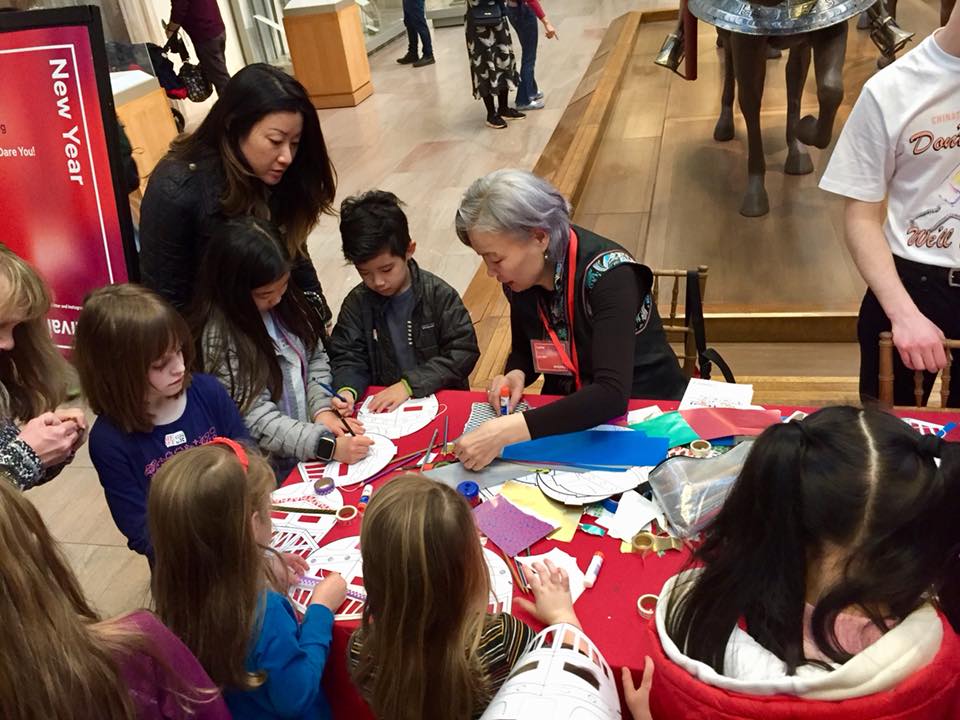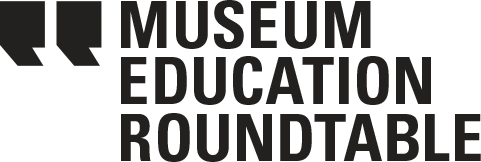MER Talks – Mongolian Museum Educators: Challenges and Opportunities
First of all, I’d like to thank the Museum Education Roundtable for giving me the opportunity to write for their blog about Mongolian museums educators. I am hoping to share how museum educators in Mongolia are working to build community and professionalism, especially in a time of global upheaval.
2020 was a challenging year for the world community as we continue through many months of isolation and lockdowns. Art institutions, including museums, were closed and/or continue to be closed. Any city in the world–without these social and cultural institutions–has no life. Although many museums turned to virtual programs, the physical experience of the museum was missing.
The Mongolian Cultural Council (MCC), based in New York City, works with New York’s museums and cultural organizations to help introduce Mongolian culture and art through programs and events. By participating in public and educational programs, we were able to reach out to New Yorkers, international visitors, and Mongolians living in New York City. We have successfully implemented and participated in programs at major museums, like The American Museum of Natural History, The Metropolitan Museum of Art, The Rubin Museum, and other cultural institutions. One highlight event was the Spotlight Asia program, organized by the American Museum of Natural History. Its purpose was to honor the Asian Lunar Year and introduce broader celebrations of the event to New Yorkers.
While working with the museums, we experienced the importance of these programs. They help engage, connect, and educate the public by enhancing visitor experiences and increasing the museums’ impact on visitors. We have also learned that the education and public program museum staff bring creativity, people skills, and great art and science backgrounds to their work. These experiences gave us the opportunity to further learn about museum management, especially within the education and public programs departments of each museum.

Therefore, the Mongolian Cultural Council decided to make one of its objectives to help Mongolian museum staff. The founder of the MCC has over 20 years of working in staff development, and therefore understands the importance of staff development at any organization. They decided to connect Mongolian museum staff with American museum staff to bridge the learning and develop connections. Since 2012, the MCC has worked to bring one museum staff in leadership position to the Museum expo event. Today, museum staff have the opportunity to attend international conferences (funded by The Getty Foundation) to learn and develop their skills.

Challenges:
Mongolia has great museums. According to the statistics, there are about 35 museums including some private museums in Mongolia. The major museums are located in Ulaanbaatar city and have great resources for learning about Mongolian arts, history, and archeological objects. The museums are state funded and work under the direct management of the Ministry of Culture, which was re-established in 2020. Since the first museum was established in 1924, the museums were developed by adopting the Russian (former Soviet Union) museum management. Today, the National Museum of Mongolia is the leading institute in supporting other institutions with training and development of museum management and their staff. Museums are now more independent in their management, and museum leadership will have more authority in budgeting and expenditure. The major museums are: The National Museum of Mongolia, The Fine Arts of Zanabazar Museum, The Bogd Khan Palace Museum, The Mongolian National and Modern Art Gallery, The Choijin Lama Temple Museum, and The Natural History Museum of Mongolia, and Ulaanbaatar City Museum.
Political and social change in 1990 allowed Mongolia to open its doors to many other countries, including Europe and America. Mongolia started adopting a market-driven economy. While there were changes in business and other areas, the museums, cultural organizations left behind. However, the situation improved, and museums are taking actions to develop plans for how to work and manage in market-driven economic situations. including the development and training of museum staff.

Mongolian museums started organizing education programs, public events, and new exhibitions. Just recently, a museum educator position was officially included in all Mongolian museum organizational structures, though museums do not have a separate budget for organizing educational programs. These museum educators explained that they lack the educational and/or methodical resources to develop good education programs and to plan long-term, effective programs. Educators often struggle to both develop school and teacher programs and to integrate object-based learning with curriculums. However, the turnover of museum educators is high. and this often creates challenges for sustainable training in the future.
Since 2012, the MCC founder has met with the museums’ educators annually to learn about their work, programs they’ve developed, and challenges they’ve met. When the MCC meets, we mentor them and share American museum education methods and experiences that might be useful or adaptable for their work.
Future goals:
Mongolian museums educators need long-term, well-planned, and systematic skill development training. We have taken first steps. Based on our annual meeting, the MCC initiated the Mongolian Museum Educators Roundtable to further develop a long-term project based on educators’ needs: skill development, learning English, learning how to develop creative programs, art training, networking, and peer learning. According to the museum educators, the most important task is to develop a museum educator’s manual.
At our next annual meeting, we will have presentations of each museum educator’s work, achievements, and/or challenges. We will also learn how to organize peer reviews, evaluate programs, create inspiring stimulation activities, develop virtual learning opportunities, and foster cooperation and connection between museums.
The Mongolian Cultural Council will continue to be a great source and connection for Mongolian museum staff further develop connections with the New York museums. For more information, we can be reached at our website, on Instagram @mongolianculturalcouncil, or through Facebook on my page: Ariun Sanjaajamts.
Ariun Sanjaajamts is a social entrepreneur, educator, and cultural ambassador who is living and working in New York City. She is the founder of the Mongolian Culture Council based in New York City. Ariun began her career as a chemical technology engineer and worked as the operation manager at the ceramics manufacturing company before Mongolia transformed itself into a free market economy. In the following two decades, she worked in international development agency and companies in areas of administration, human resources, and professional development.
She has a BS in science and MBA in management. Ariun is member of Asian Community of the American Museum of Natural History and the Rubin Museum of Art. She is passionate about education and volunteers her time to work with Metropolitan Museum of Art, member of the NYCMER, AAM, and the Board member of the Alliance of Mongolian Museums.
Related Reading
JME 43.2: Rebuilding Civil Civics in Museums
Rooted in the Past, Active for the Future: Museums and Inspiring a New Generation of Citizens, Braden Paynter,Carola Zuleta,Daniel Rebolledo,Karen Bascuñán,Lebogang Marishane &Mohamed El Khamlichi
JME 44.2: Expanding our Community of Practice: Professional Development in Museums
MER Members can read JME 43.2 and 44.4 online by logging in to our website. Not a member? Join or renew today to receive instant access to JME online and four issues of the JME delivered to your mailbox each year.

